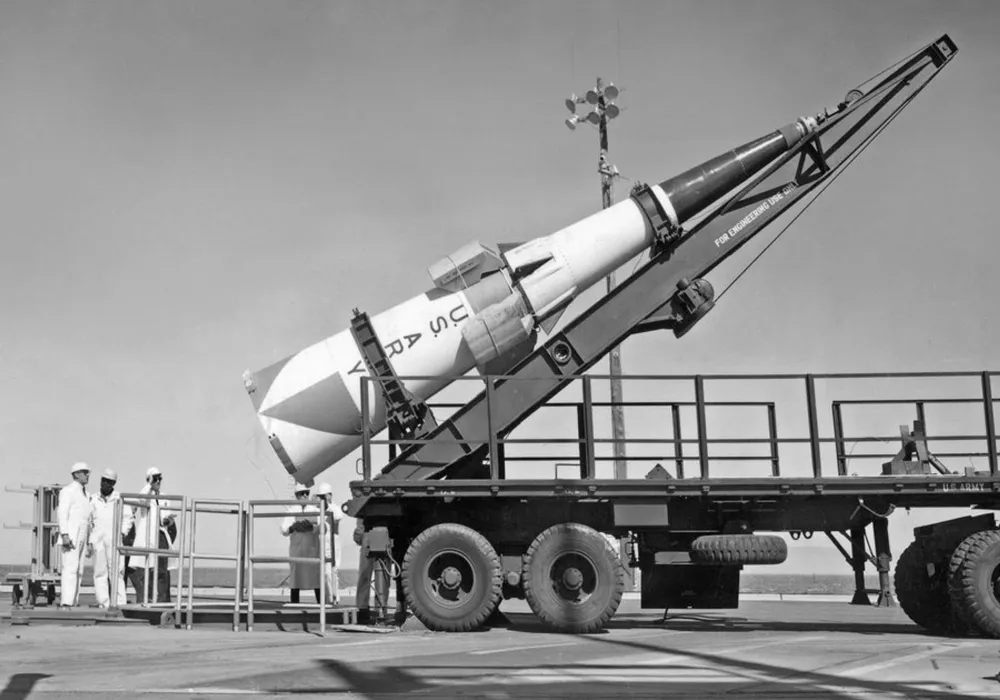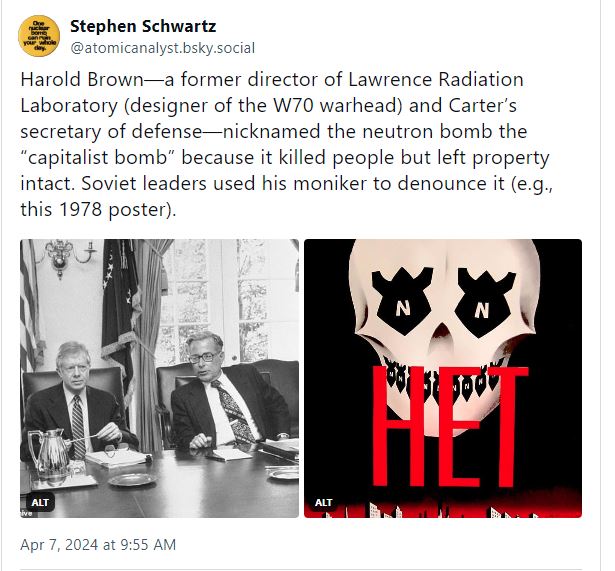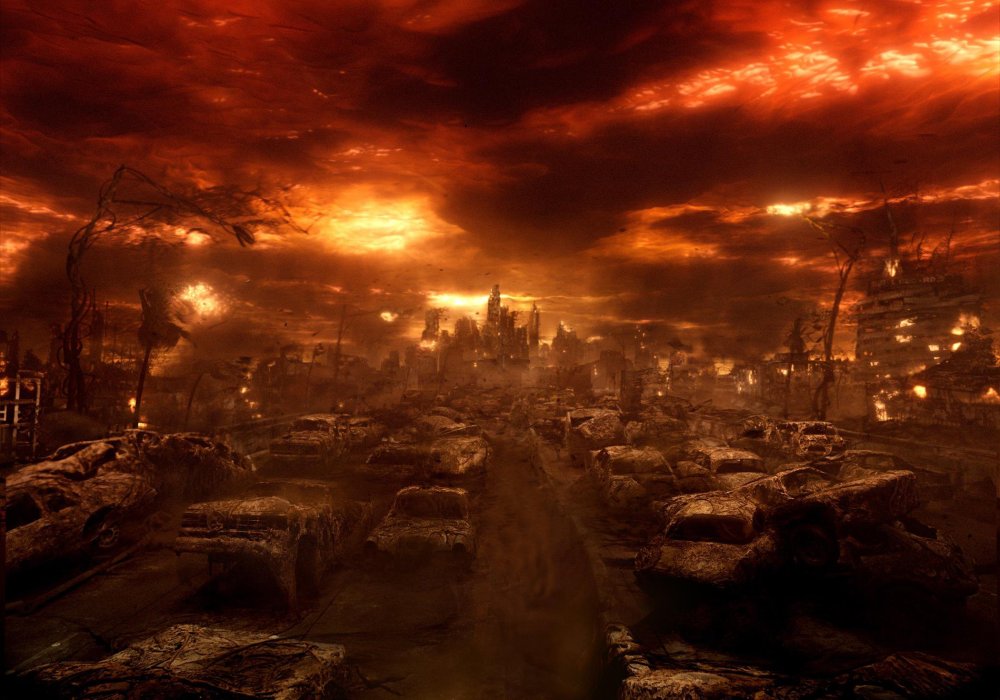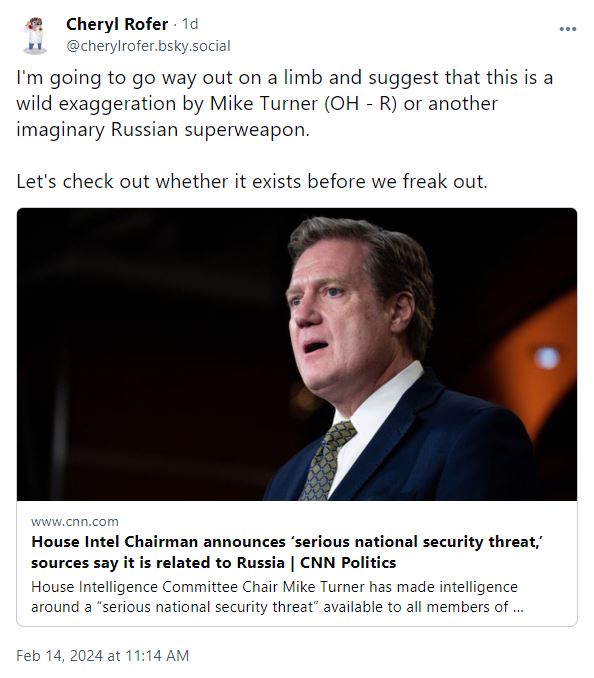Some good news for a change:
On Monday, China’s foreign ministry said the two countries would hold “consultations on arms control and non-proliferation” in the coming days, as well as separate talks on maritime affairs and other issues. It follows a visit to Washington by the Chinese foreign minister, Wang Yi. (Guardian)
A meeting is scheduled for Monday. Mallory Stewart, Assistant Secretary of State for Arms Control, Verification, and Compliance, and Sun Xiaobo, the head of the arms control department at China’s foreign ministry, will lead the talks.
China has resisted arms control talks. It has been building up its nuclear arsenal to about 500 weapons.
The estimate of 500 nuclear weapons comes from a recent DoD report on China, required yearly by Congress. A broader report from the Congressional Commission on US Strategic Posture, a bipartisan group of experts, recommends increasing the defense budget in multiple dimensions. For nuclear weapons, they recommend “an overhaul and expansion of the capacity of the U.S. nuclear weapons defense industrial base and the DOE/NNSA nuclear security enterprise, including weapons science, design, and production infrastructure.”
Other recommendations imply an increase in the numbers of nuclear weapons, to deal with simultaneous attacks by Russia and China. This is a recipe for an arms race.
Monday’s meeting is a start. What matters in talks like this, as much as or more than any agreement they may produce, is that ability of the two sides to share views and possibly information. It’s early days, and meetings may be called off or rescheduled. The important thing is to start.
Photo: Military vehicles carry DF-5B intercontinental ballistic missiles during a parade commemorating the 70th anniversary of Japan’s surrender during World War II held in front of Tiananmen Gate in Beijing, Sept. 3, 2015. VOA News.
Cross-posted to Lawyers, Guns & Money










